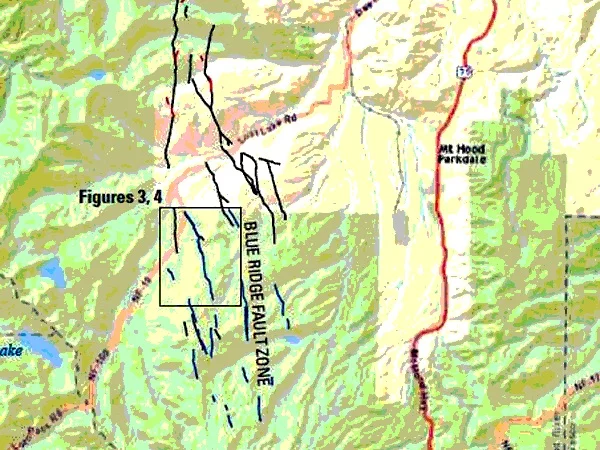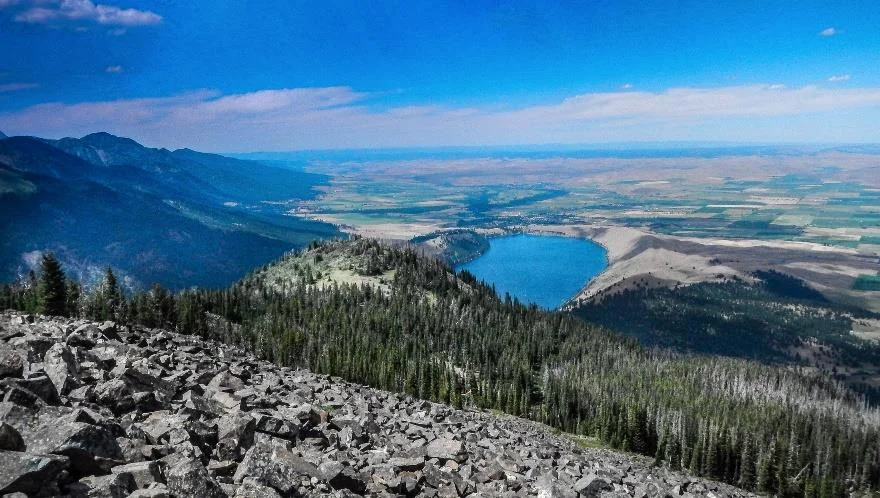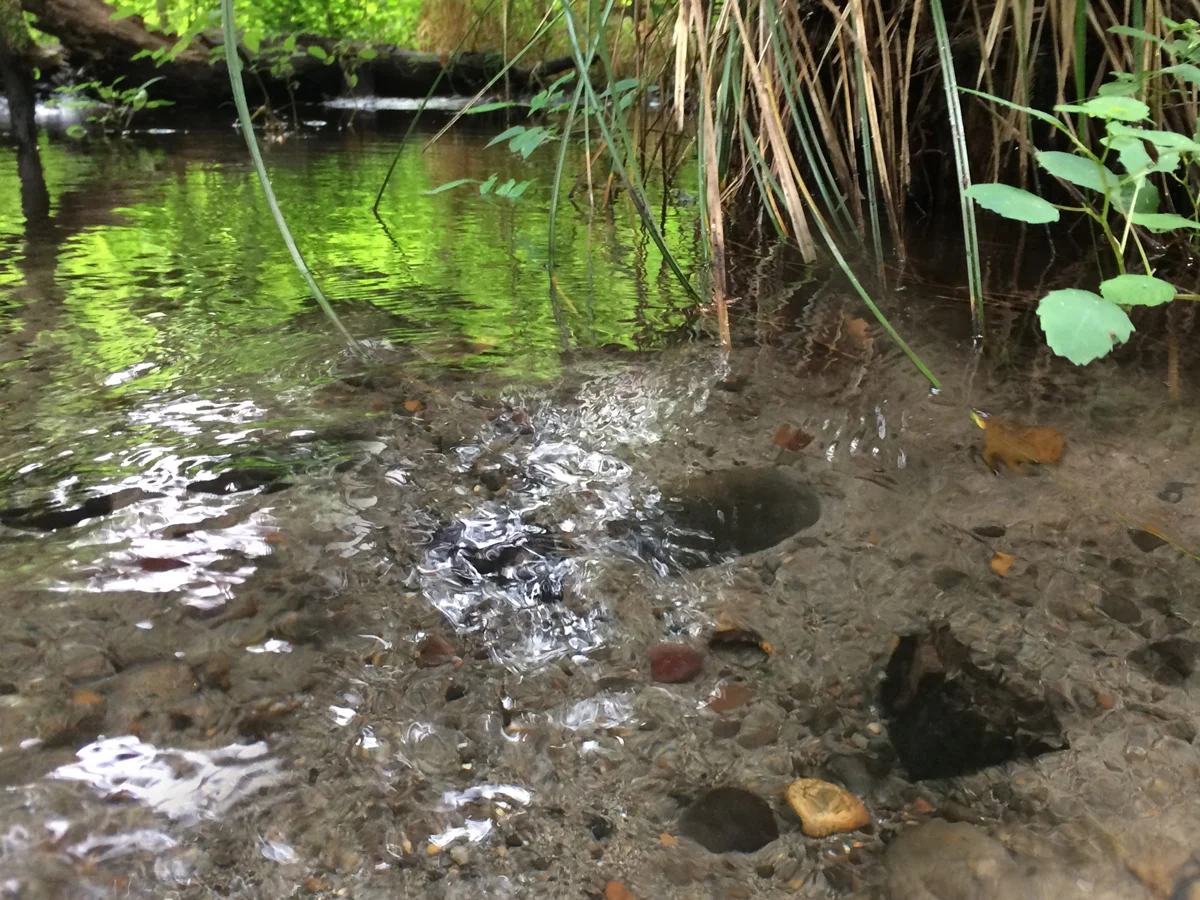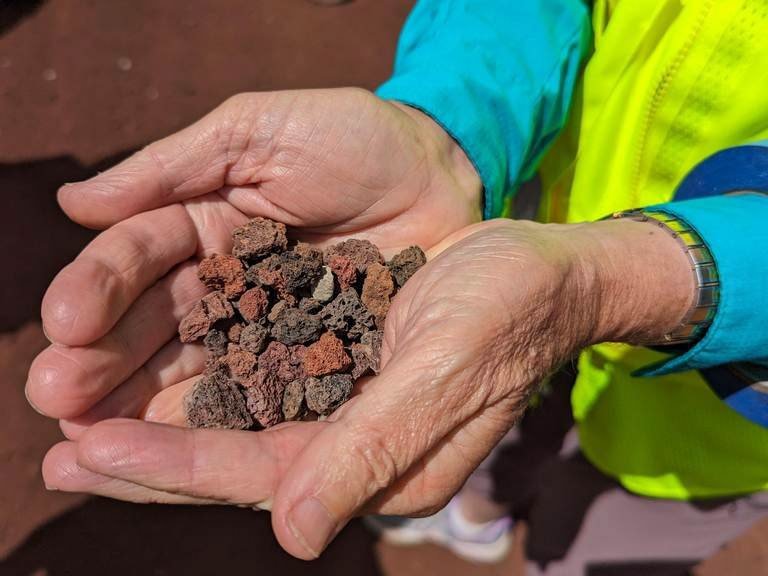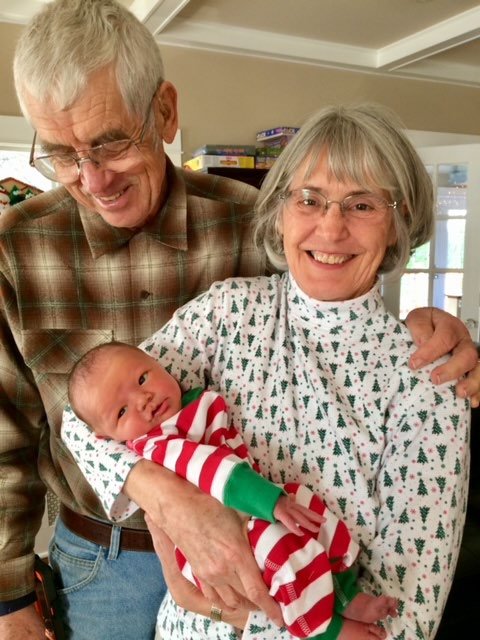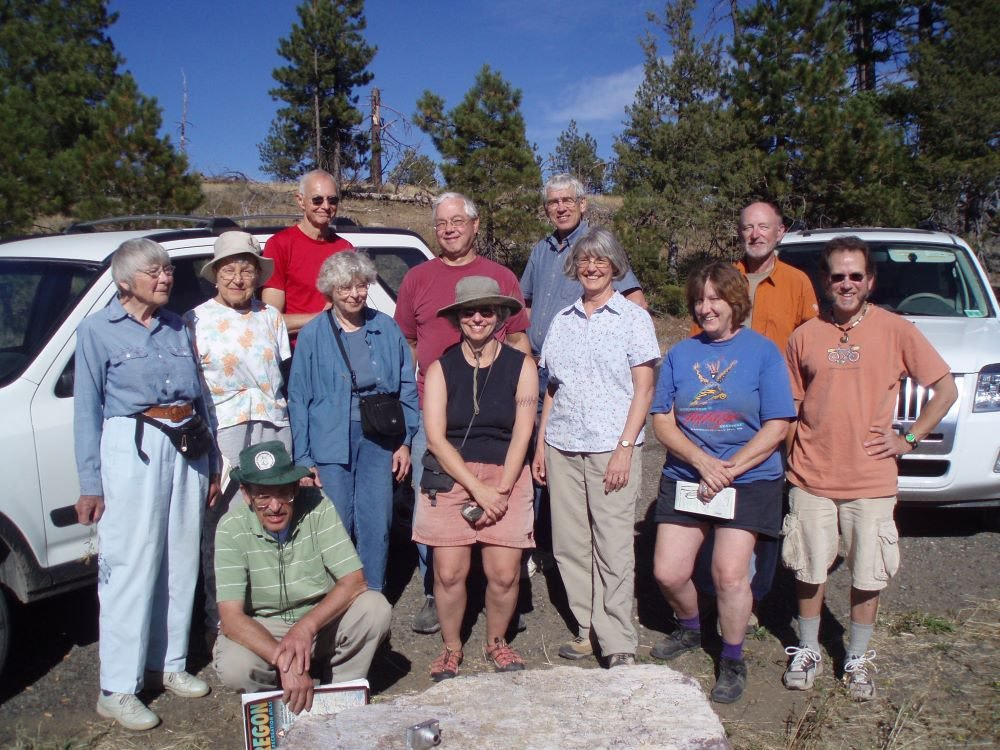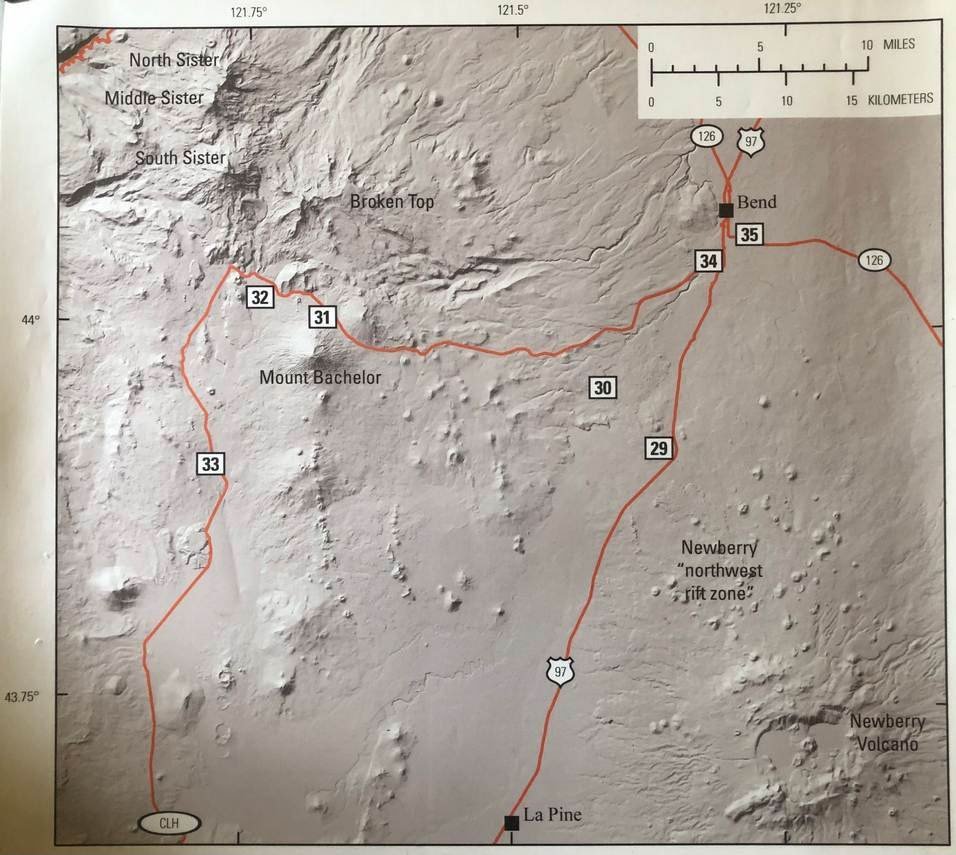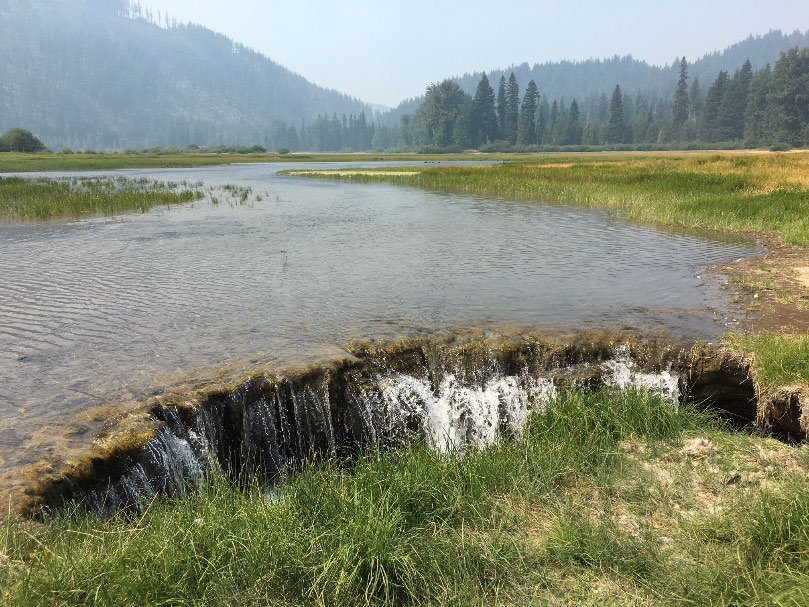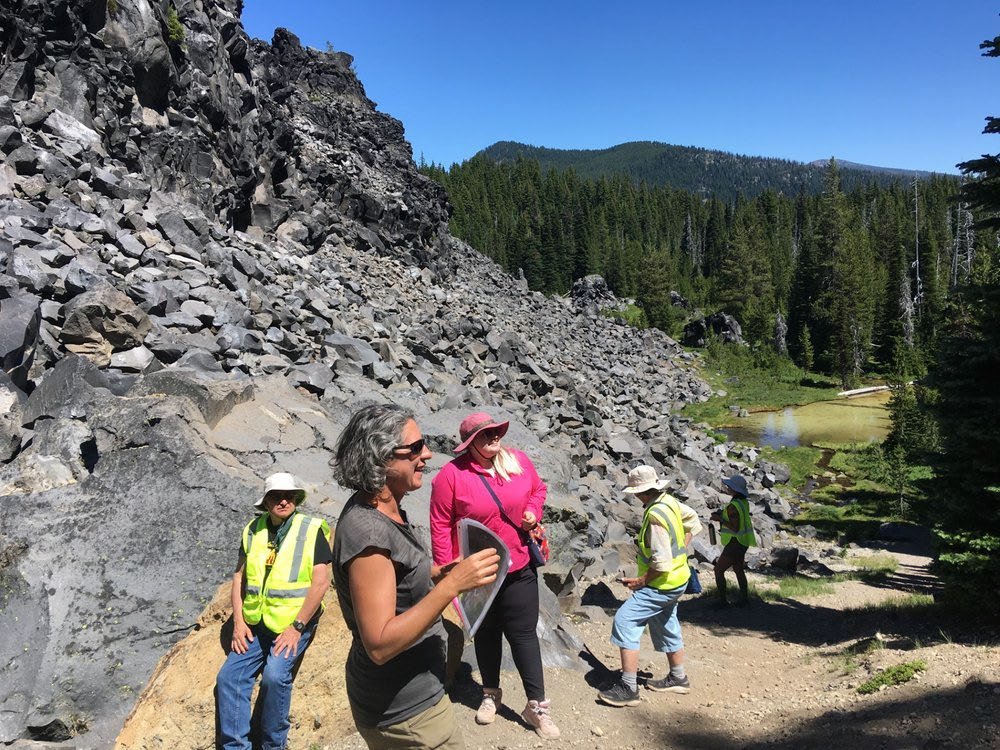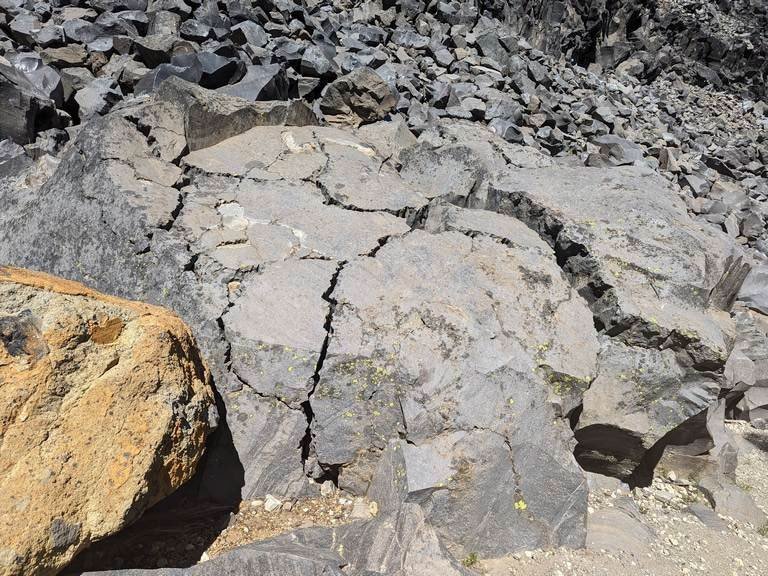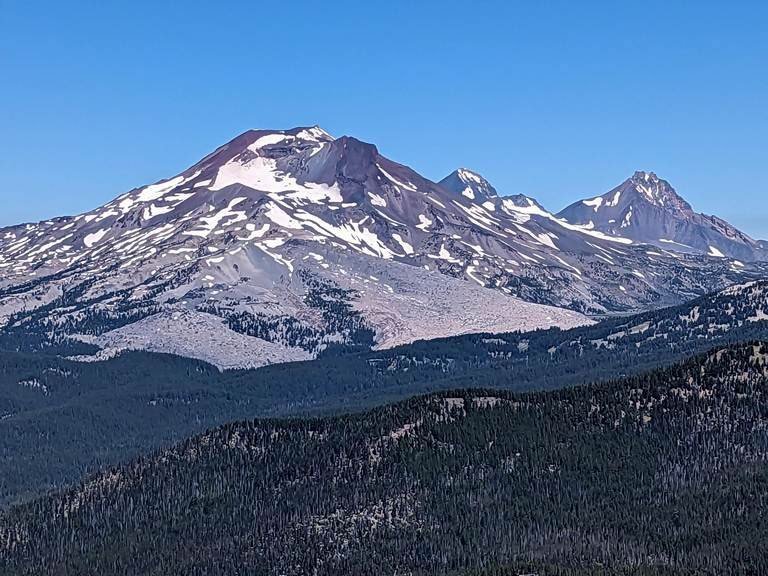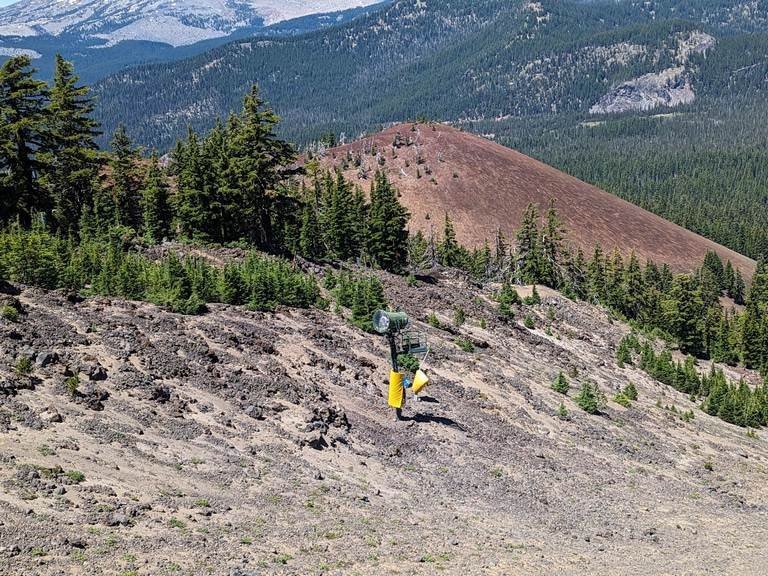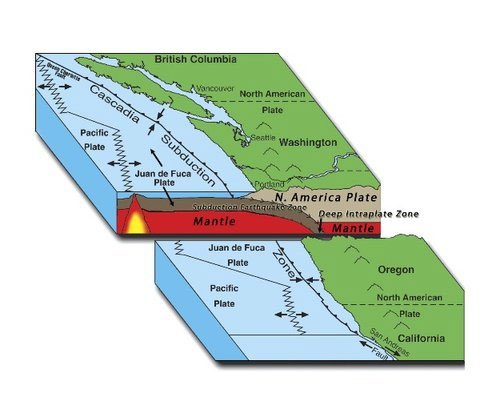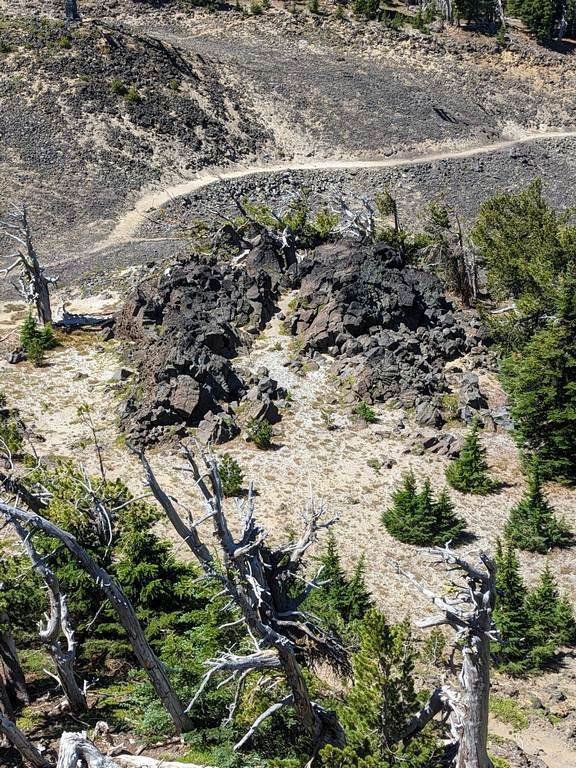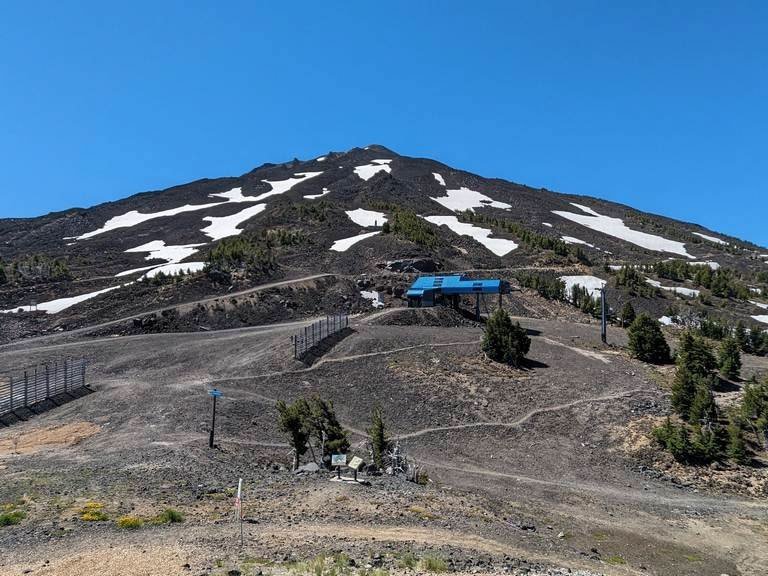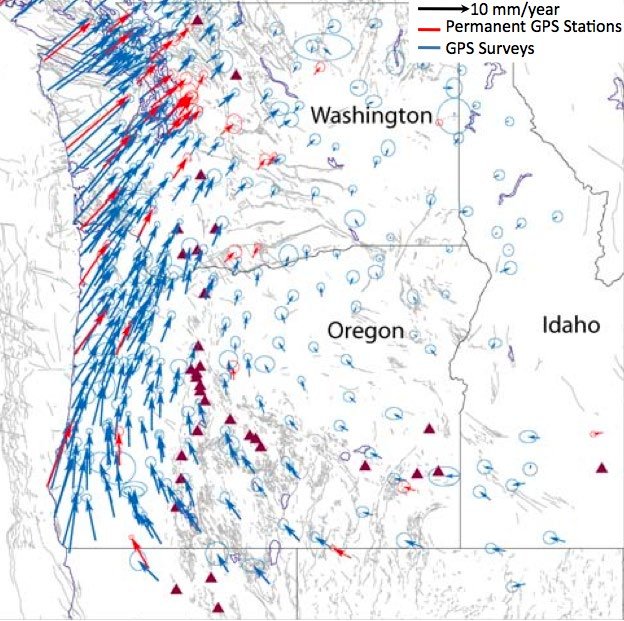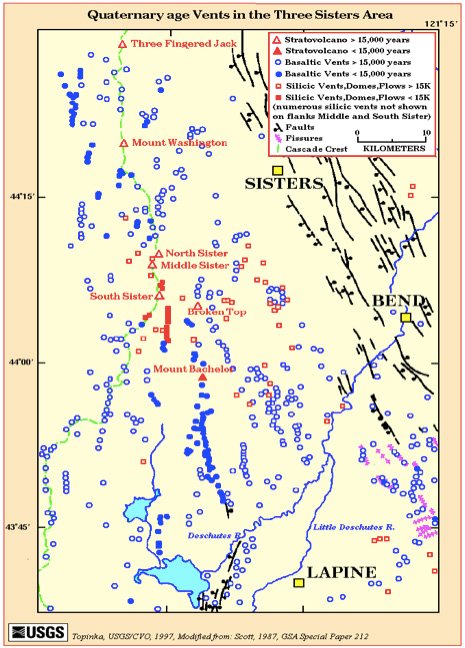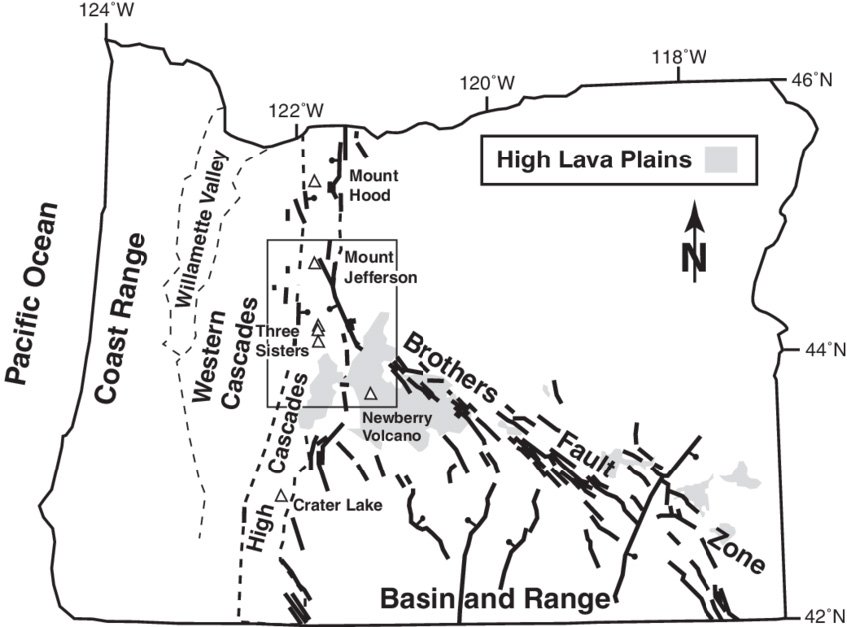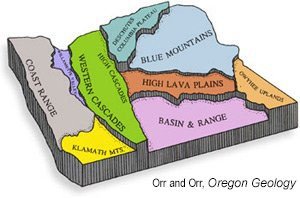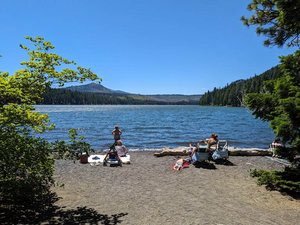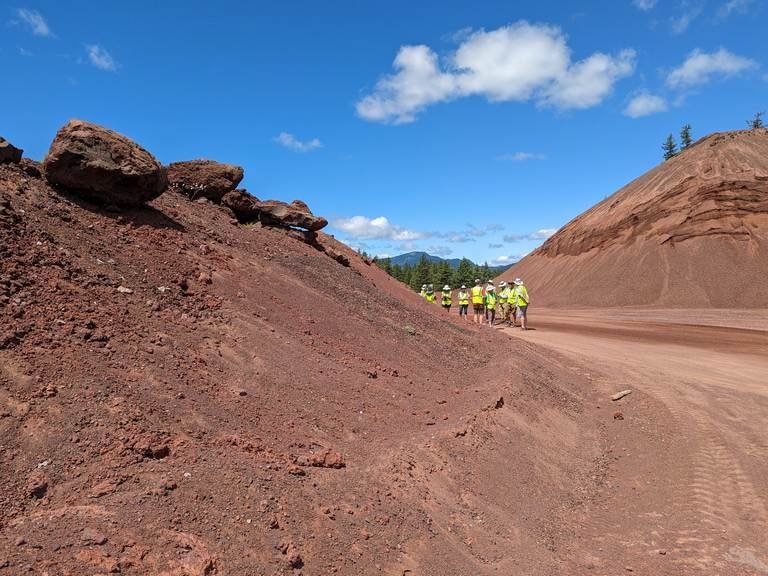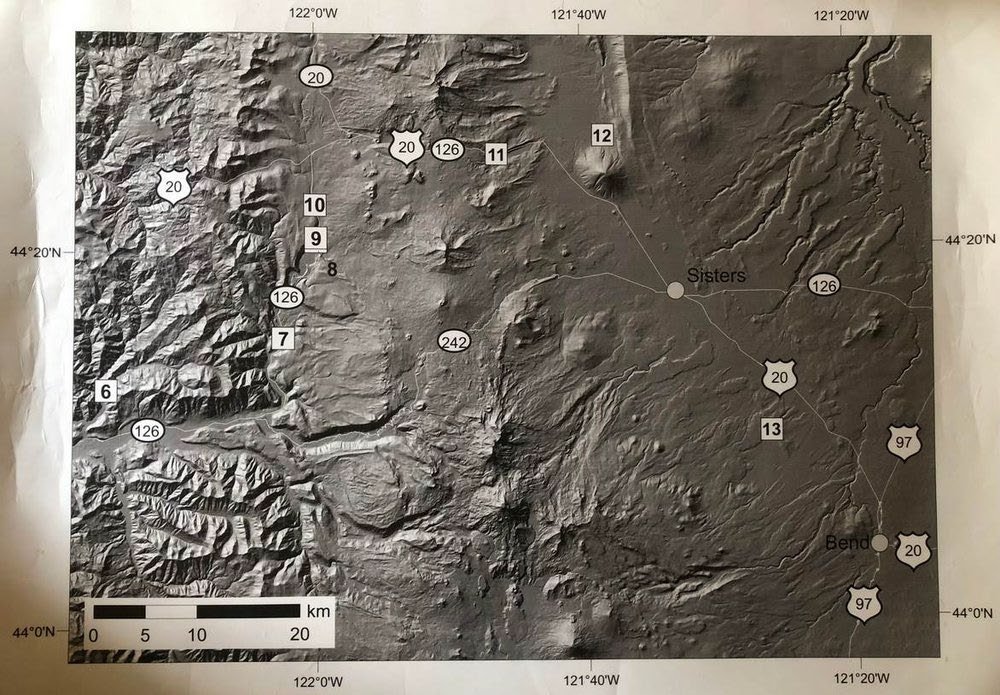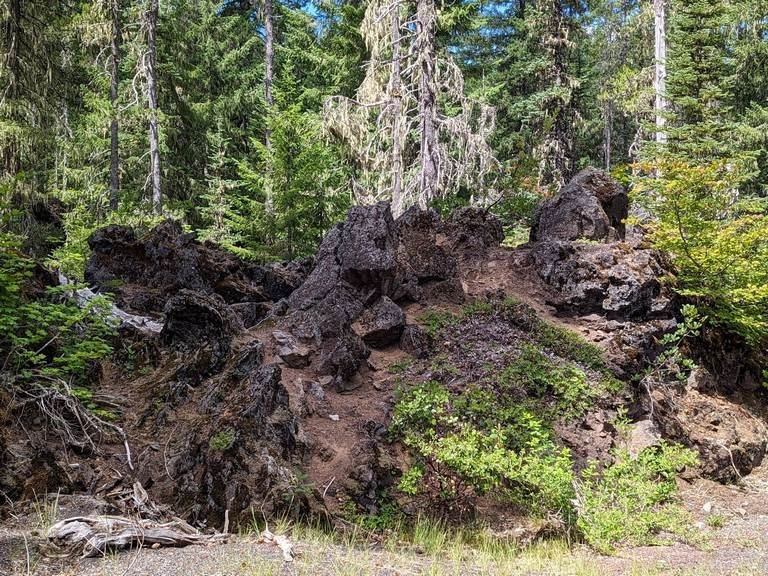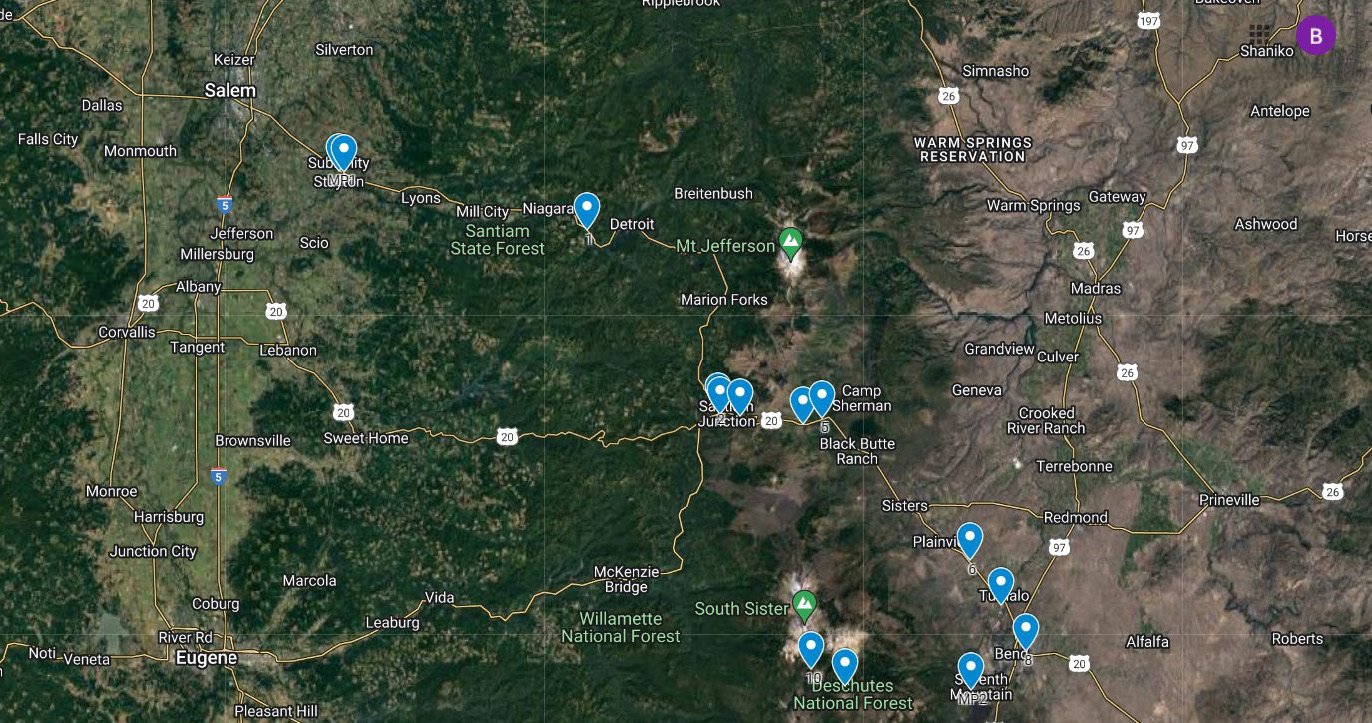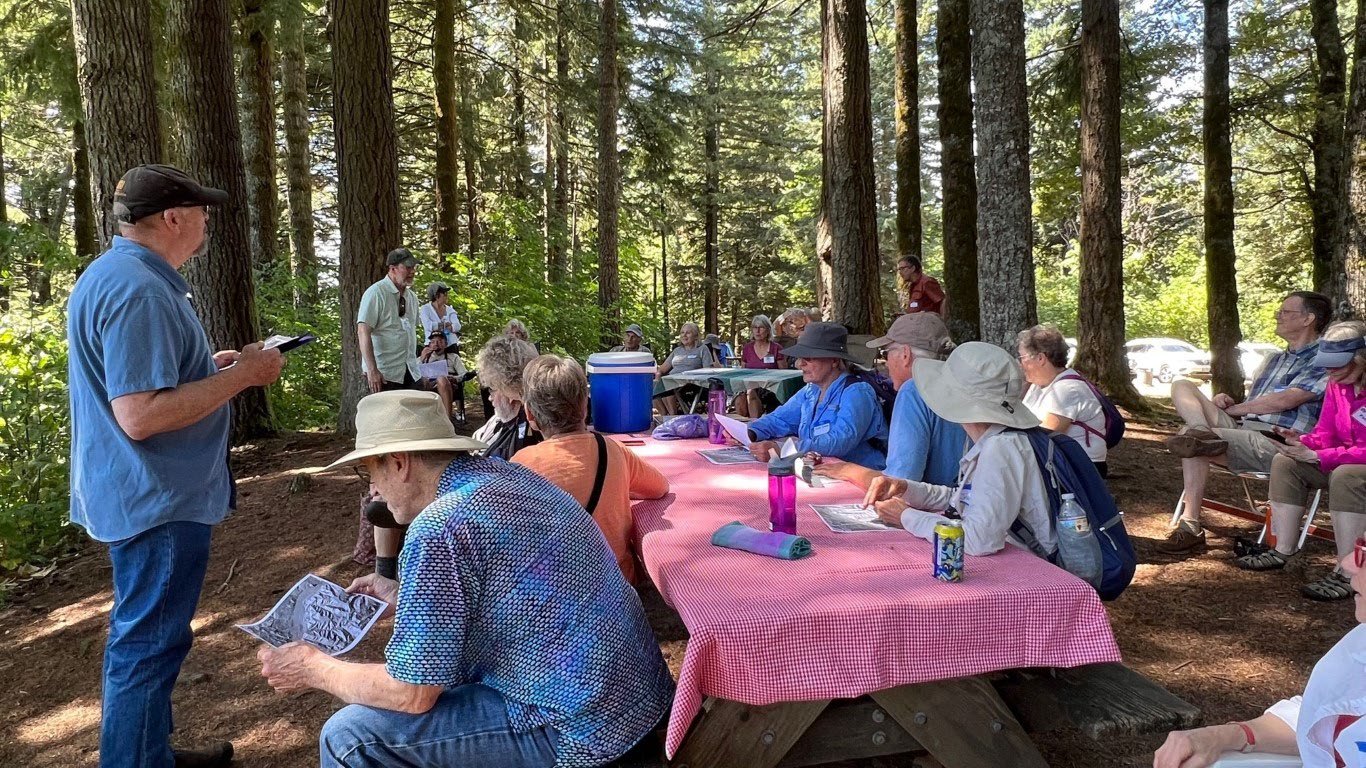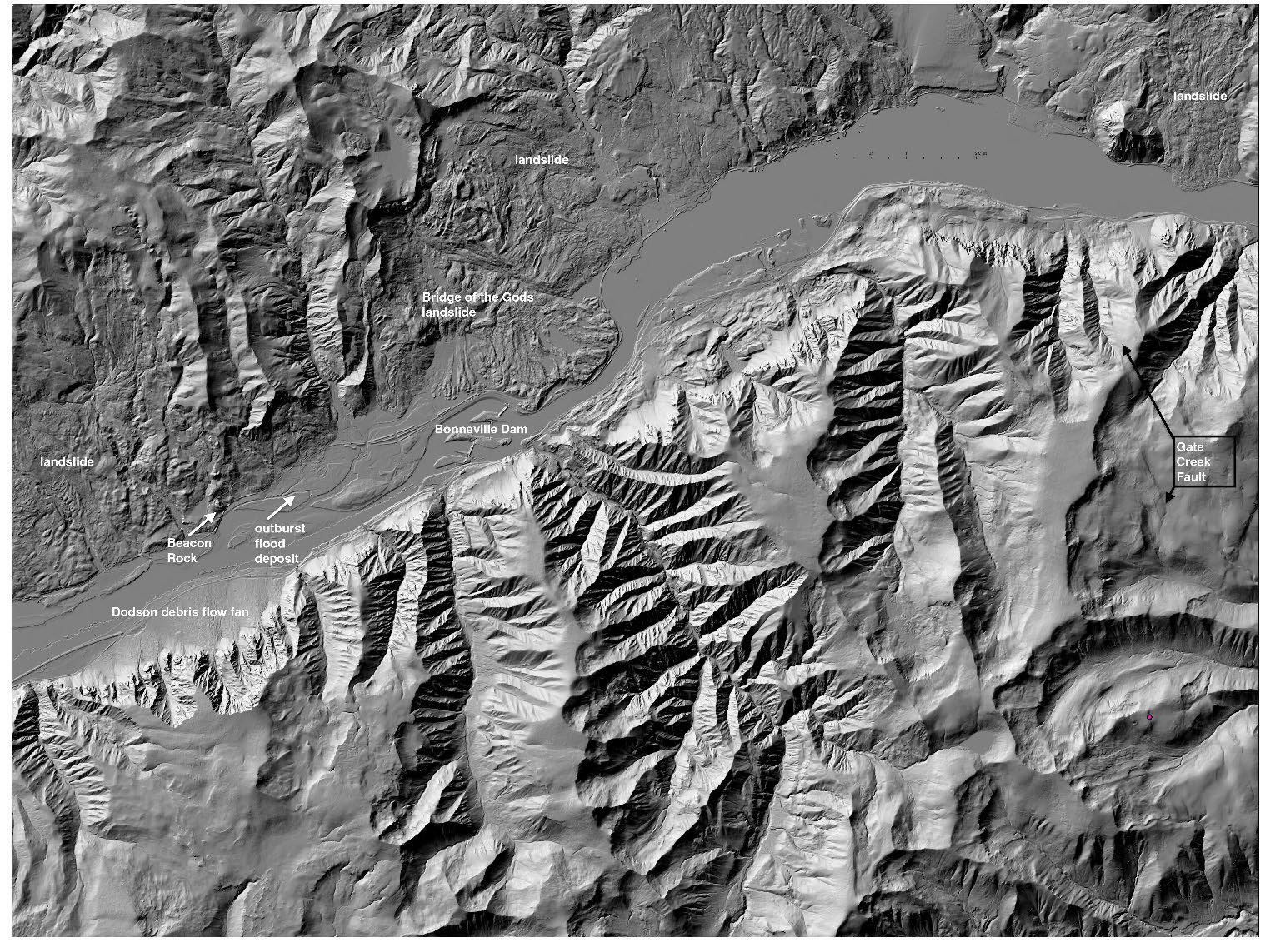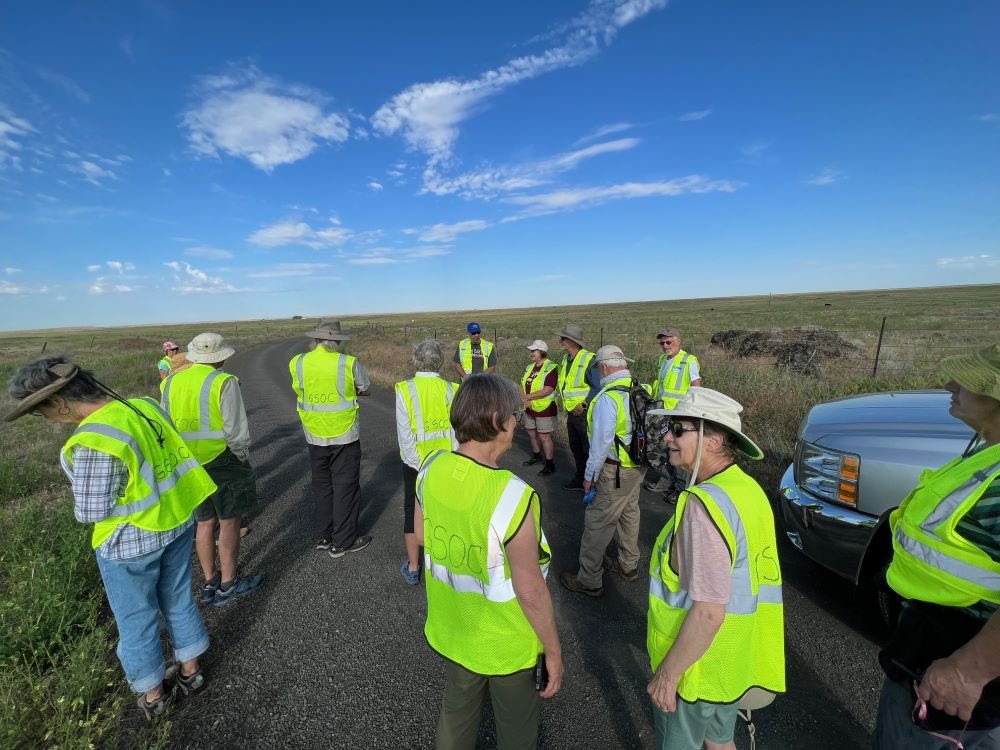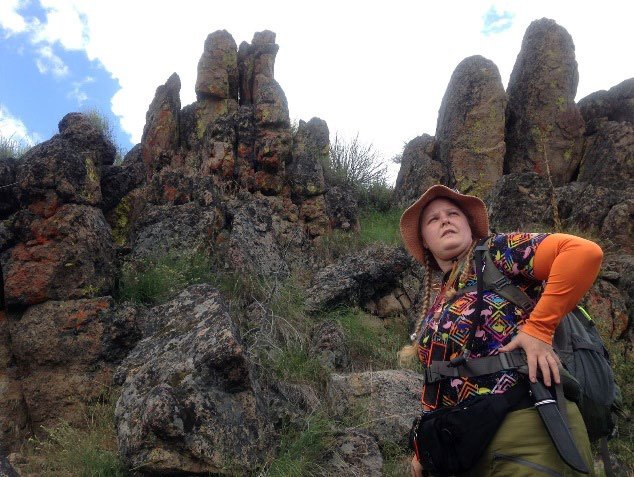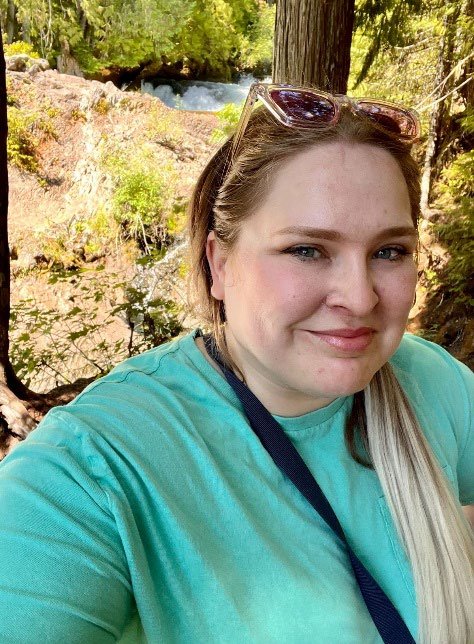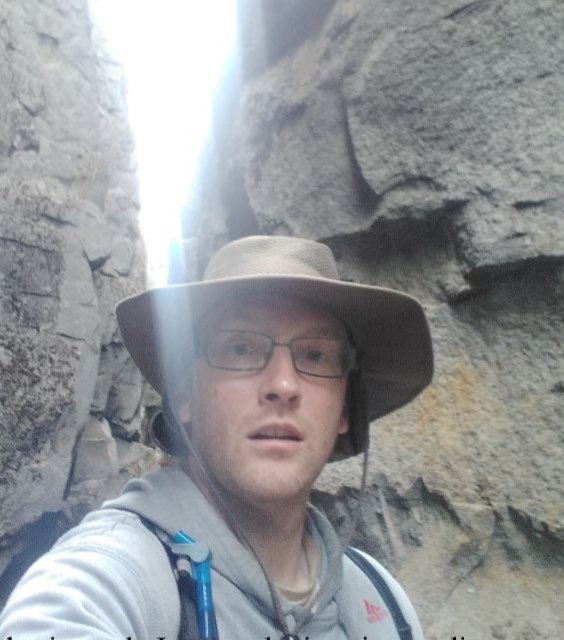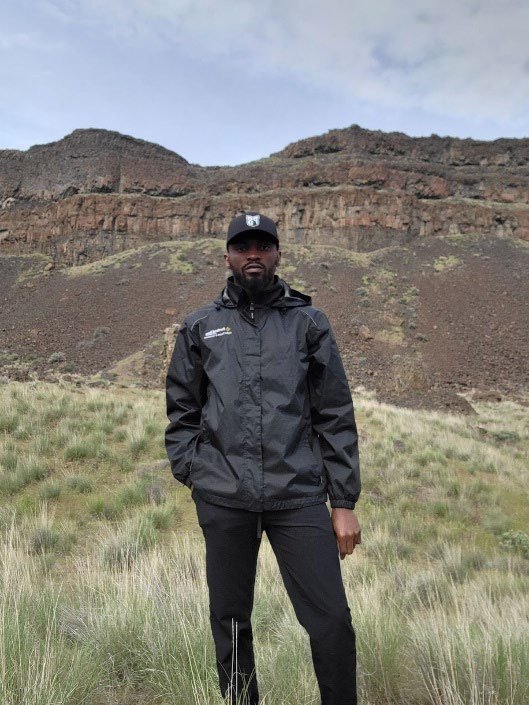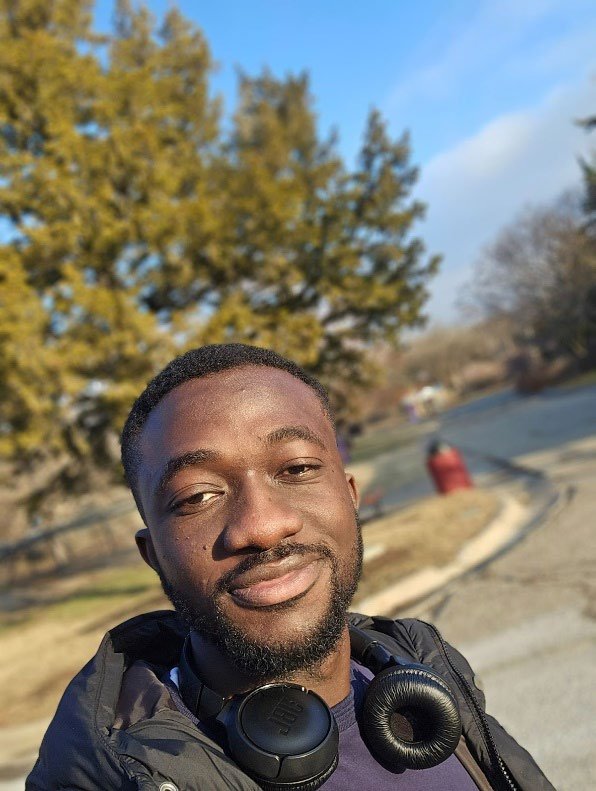Based on the February 14, 2020 lecture by Dr. Marli Miller, Department of Earth Sciences, University of Oregon and her book co-authored with Dr. Darrel Cowan.
GSOC members were delighted to welcome back Dr. Marli Miller to speak to the society about her latest book, Roadside Geology of Washington Second Edition. Miller co-wrote the book with her former PhD. Thesis advisor, Dr. Darrel Cowan of the University of Washington, whose experience and perspective in understanding the geological framework of the state was invaluable. In her opening remarks, she said that her favorite thing to say about writing these (roadside geology) books is that she learns so much.
In her lecture Miller broke down the geological history of Washington into a series of events, which define the physiographic provinces of the state, because it is the bedrock of a region that influences the outward appearance. The original western boundary, the Laurentian margin, is now on the eastern margin of Washington, and these ancient rocks are highly deformed and metamorphosed to varying degrees. A series of accreted terranes, starting with the Quesnellia terrane accreted in the Jurassic, and the latest Siletzia, which stretches from southern Oregon to southwestern British Columbia, and which accreted 50 million years ago, comprise the basement for the remaining part of the state. Atop and within these lie volcanic and sedimentary bodies that covered or erupted through the basement rocks. Stitching plutons were igneous masses that erupted as a result of terranes accreting to each other or to the continent.
Read More










